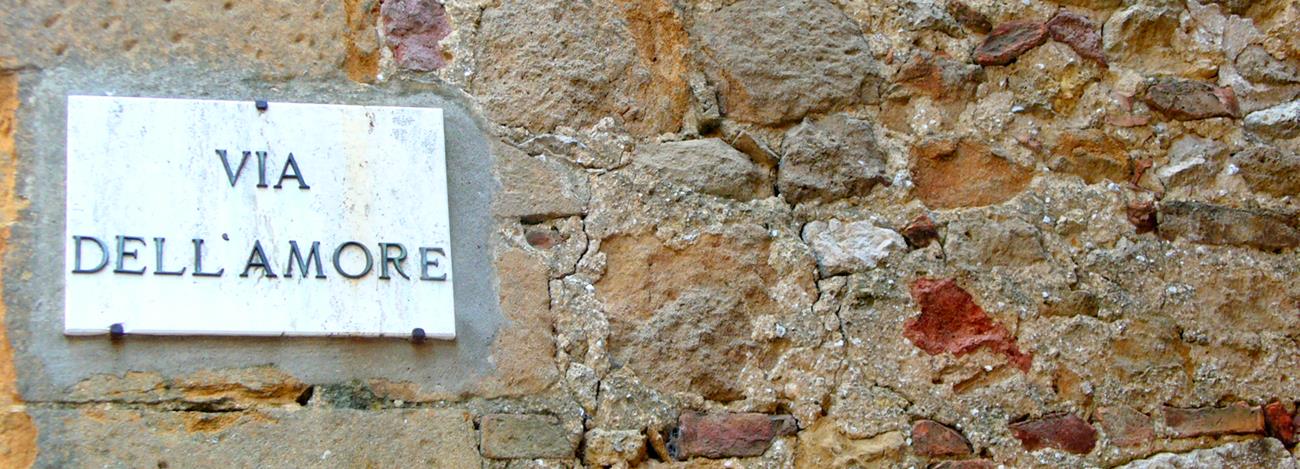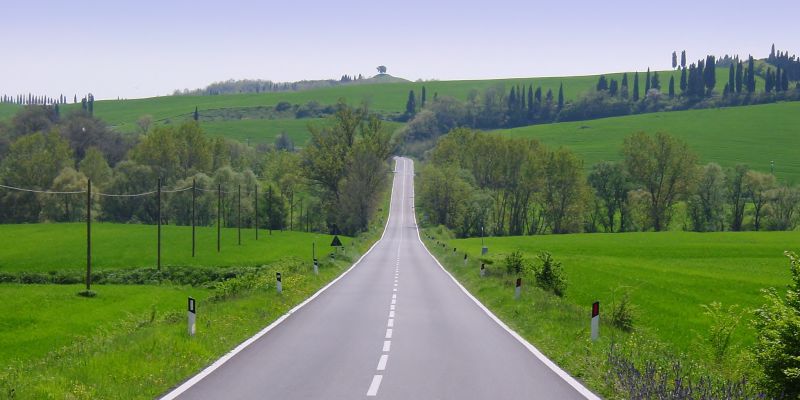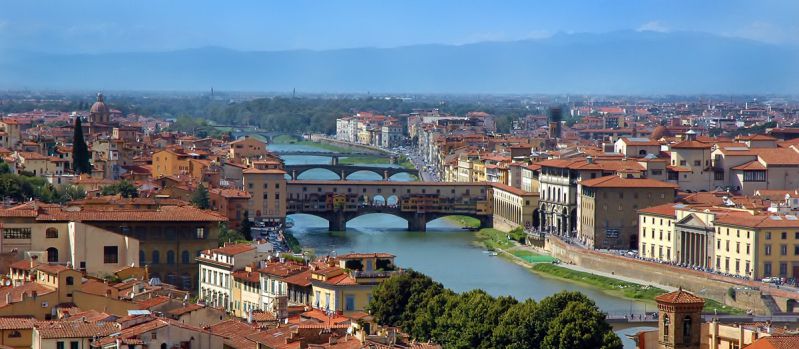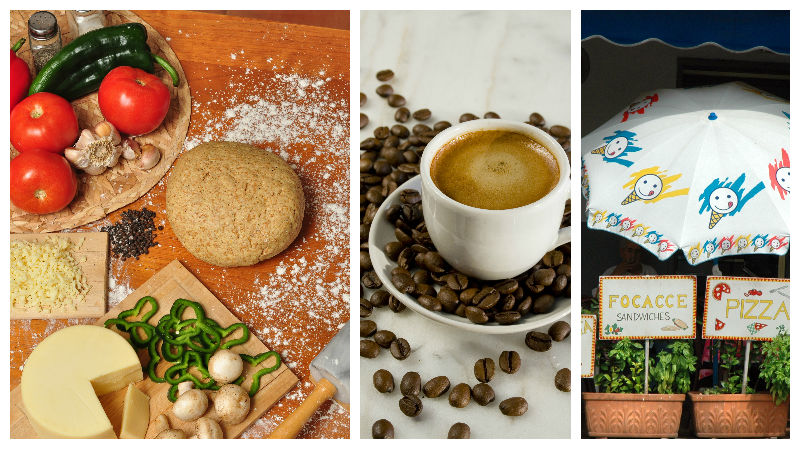Mainland Italy Practical Information

Getting There
From Europe, Tuscany is best accessed via Pisa and Florence airports – Pisa is the larger, and has more daily flights available with a number of airlines. Umbria is easy to fly to – flights are available from across Europe to Perugia airport. From outside Europe, regular flights are available to Rome Fiumicino airport.
Mainland Italy is easily reached by road from Mainland Europe via France, Switzerland or Croatia – allow 4-5 hours from the border to Tuscany or Umbria.
Train travel is possible from London and Paris to Milan and Rome, with onward connections to major cities Florence, Pisa, Siena and Perugia.
Getting Around
Getting around Mainland Italy is very easy, both by public transport and on the road. Buses operate on a regular basis, even from the smallest villages, and the train system is fast and quite reliable. For train information and timetables, visit Tren Italia.
Driving in Italy is a lot easier than many people believe. Car hire is popular, and all the major international car rental companies are present in Italy. The autostrada, Italian motorways, are marked with green signs. These are toll roads, payable in cash – ViaMichelin can give you an estimate of costs.

When to go?
Mainland Italy is at its most beautiful from April to October. The Mediterranean climate is at its most welcoming during these times, with warm weather from Spring through to Autumn. Spring is the perfect time to visit Umbria, with the lush green countryside in full bloom. July and August are hot – villas with pools and plenty of shade are ideal. Tuscany is very welcoming in Autumn – September is the month of the grape harvest, and olive oil and truffles are just coming into season.
For information on average temperatures in Italy please click here.

Currency
The EURO is the currency in Italy. Major credit cards are accepted in larger towns, but it is recommended to carry cash for small towns and villages. ATM machines, known as Bancomats, can be easily found and most offer competitive exchange rates.
Phones
Italy has an extensive GSM system. Public telephones accept pre-paid phone cards which can be bought in shops, post offices, kiosks and newsstands.
Tips
Italians are very friendly and welcoming – visitors will find them most helpful. It is recommended to learn a few words for the small villages and hamlets in the countryside, as English is not widely spoken outside of the main towns and cities.
Crime is generally low although it is always good practice to be cautious and use common sense in taking care of your personal possessions and money,
Bear in mind that shops and business often close for lunch for up to 3 hours, usually from midday or 1pm. They are also often closed on Sundays and Mondays.
Electricity
220/240 AC volts with Euro type plugs. For other plug types an adaptor will be required.
Health
Tap water is safe for drinking. Bottled mineral water is widely available.
Religion
The main religion is Roman Catholic. Other faiths are respected. There are many historic religious buildings open to the public – shoulders and legs should be covered.
Language
Main language is Italian. English, Spanish, German and French are widely spoken in tourist areas.
Local Time
The Italian Time Zone is UTC, Central European Time Zone. This is 1 hour ahead of UK and Ireland.
Visas and Passports

EU nationals can enter Italy with an ID card. For some other countries, entry into Italy requires a passport which is valid for at least three months beyond the length of your stay and issued within the last 10 years. For citizens from countries who require a visa, these can be obtained from the Italian embassy or consulate in your own country.
For a full list of qualifying countries for each group please click here.
Visa regulations are subject to change so ALWAYS, check with your nearest Italian embassy or airline for latest information.
Food and Drink
Italian cuisine is renowned worldwide. You can find delicious homemade pasta dishes and pizzas for just a few euros throughout Italy, and each region has its specialities. Food in Umbria tends to be hearty and rustic, using regional ingredients grown in the Umbrian fields and forests. Truffles and game are particular favourites of this region. Tuscan cuisine is simple, letting the ingredients speak for themselves. Olive oils and roasted meats are staples in Tuscany, as is ribollita – Tuscan soup.
Coffee is one of Italy’s best loved beverages – and there are certain rules to live by when visiting one of the numerous caffé-bars dotted throughout the towns and villages. “Un’ caffè” will get you an espresso, taken after dinner, and cappuccino (or other milky coffee) is only drunk in the morning.
One of Italy’s most famous exports has to be its wine, and there are countless vineyards dotted throughout the countryside. Don’t miss the opportunity to stop off one day and take a wine tour – and maybe to pick up a souvenir…













